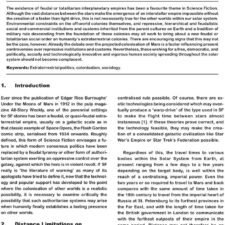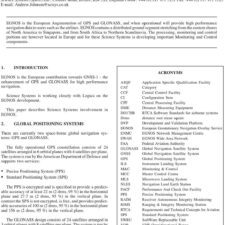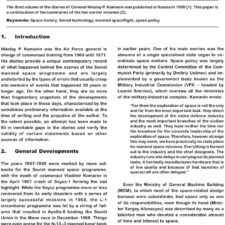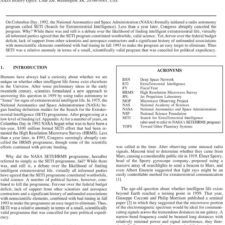Hypervelocity Launching and Frozen Fuels as a Major Contribution to Spaceflight
£5.00
F. H. Cocks; C. M. Harman; P. A. Klenk; W. N. Simmons (2005), JBIS, 58, 2-8
Refcode: 2005.58.2
Abstract:
Acting as a virtual first stage, a hypervelocity launch together with the use of frozen hydrogen/frozen oxygen propellant, offers a Single-Stage-To-Orbit (SSTO) system that promises an enormous increase in SSTO mass-ratio. Ram acceleration provides hypervelocity (2 km/sec) to the orbital vehicle with a gas gun supplying the initial velocity required for ram operation. The vehicle itself acts as the centre body of a ramjet inside a launch tube, filled with gaseous fuel and oxidizer, acting as an engine cowling. The high acceleration needed to achieve hypervelocity precludes a crew, and it would require greatly increased liquid fuel tank structural mass if a liquid propellant is used for post-launch vehicle propulsion. Solid propellants do not require as much fuel- chamber strengthening to withstand a hypervelocity launch as do liquid propellants, but traditional solid fuels have lower exhaust velocities than liquid hydrogen/liquid oxygen. The shock-stability of frozen hydrogen/frozen oxygen propellant has been experimentally demonstrated. A hypervelocity launch system using frozen hydrogen/frozen oxygen propellant would be a revolutionary new development in spaceflight.





